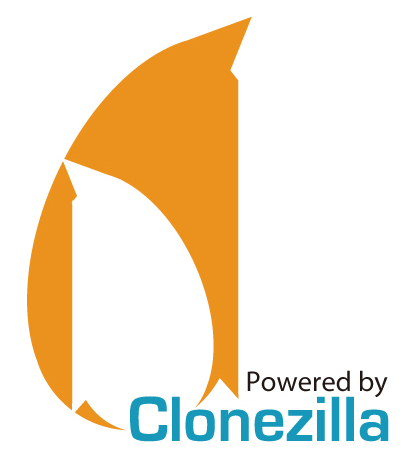
This week we are featuring the open-source project for disk imaging and cloning: Clonezilla. Similarly to True Image or Norton Ghost, Clonezilla deals with system deployment, bare metal backup and recover.
Clonezilla is available in three different forms:
- Clonezilla live, which enables users to use CD/DVD or USB flash drives
- Clonezilla lite server, which enables users to use Clonezilla live for massive cloning. It supports unicast, multicast, and bittorrent
- Clonezilla SE, which is included in DRBL and requires a DRBL server to be set up first to use Clonezilla for massive cloning.
“Clonezilla live is suitable for single machine backup and restore. While Clonezilla lite server or SE is for massive deployment, it can clone many (40 plus!) computers simultaneously. Clonezilla saves and restores only used blocks in the hard disk. This increases the clone efficiency. With some high-end hardware in a 42-node cluster, a multicast restoring at rate 8 GB/min was reported,” according to the project’s website.
Features include:
- A wide range of file system support such as ext2-4, reiser, FAT 12, UFS of FreeBSD, NetBSD, minix of Minix, and more.
- LVM2 support
- Boot loader
- Both MBR and GPT partition formats of hard drive
- Unattended mode
- One image restoring to multiple local devices
- Image encryption
- Ability to have image file on local disk, ssh server, samba server, NFS server or WebDAV server
- AES-256 encryption to secure data access, storage and transfer
Some of the limitations, according to the team, are that the destination partition must be equal or larger than the source one, incremental backup has not been implemented yet, online imaging or cloning is also not implemented, and the image can not be explored or mounted.
Clonezilla live 2.6.4-10 was just released with major enhancements and bug fixes. More information is available here.








